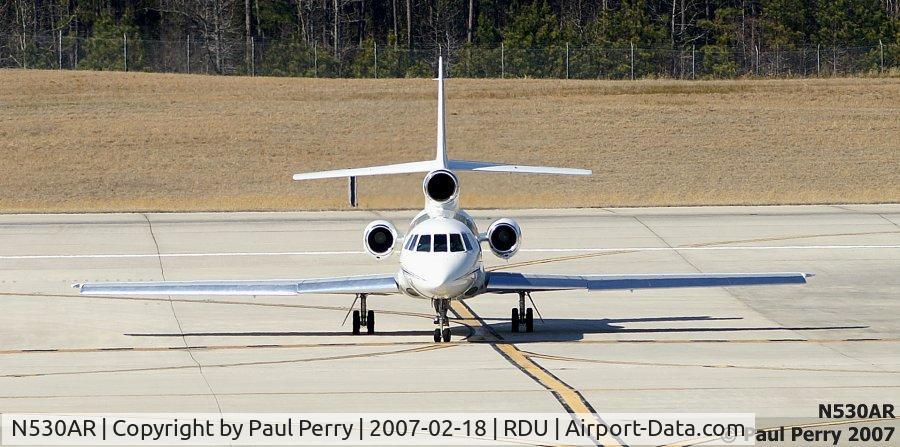MolaKule
Staff member
Before we discuss wing box construction we know wings can be attached to the bottom fuselage, mid-fuselage, and at the top of the fuselage.
Wings also can possess "hedrals."
Name an aircraft that has an Anhedral wing and name an aircraft that has a Dihedral wing.
For reference: https://eaglepubs.erau.edu/introduc...ehicles/chapter/wing-shapes-and-nomenclature/
Wings also can possess "hedrals."
Name an aircraft that has an Anhedral wing and name an aircraft that has a Dihedral wing.
For reference: https://eaglepubs.erau.edu/introduc...ehicles/chapter/wing-shapes-and-nomenclature/





